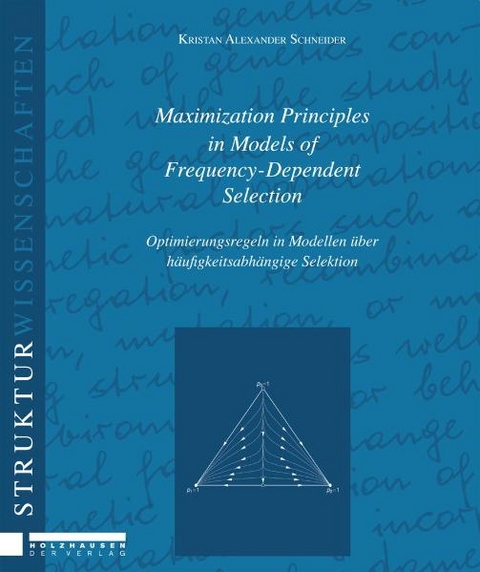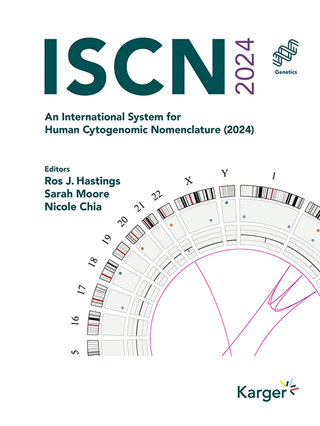
Maximization Principles in Models of Frequency - Dependent Selection
Holzhausen Verlag
9783854931843 (ISBN)
We will draw our attention to models of frequency-dependent selection, a form of selection that occurs if the fi tness (‘probability that an offspring survives until the age of reproduction’) of a particular phenotype depends on the frequency of its own and other phenotypes in the population. In four chapters we encounter several aspects of models of frequencydependent selection, which subsume various biological situations. Especially, we will focus on establishing general principles that allow us to recognize evolution as a process of ‘optimization’.
-> Preface, Acknowledgements, Introduction
-> 1 Optimization under Frequency-Dependent Selection:
1.1. Introduction
1.2 Wildcard Model and Particular Cases
1.2.1 The Wildcard Model
1.2.2 Particular Cases
1.2.2.1 Randompairwise contests
1.2.2.2 Intraspecific Competition. The Bürger-Schneider model
1.3 Optimization by frequency-dependent selection
1.3.1 The Wild card Model
1.3.2 Lyapunov Functions Previously Found in the Particular Cases
1.3.2.1 The Lessard Model
1.3.2.2 The Bürger-Schneider model
1.3.3 An ancestor of the Lyapunov function of the Wildcard Model
1.3.3.1 The Matessi-Jayakar model
1.3.3.2 The Christiansen-Loeschcke model
1.4 Multiple Loci
1.4.1 The Multilocus Multiallele Framework
1.4.2 The Density-Independent Model
1.4.3 The Density-Dependent Model
1.5 Discussion
-> 2 Max. principles I: the one-locus two-allele case:
2.1 Introduction
2.2 Preliminaries
2.3 The Pairwise-Interaction Model
2.3.1 The Symmetric Case
2.3.2 The Asymmetric Case
2.4 The PIMin continuous time
2.5 Discussion, Appendix
-> 3 Max. principles II: the one-locus multiallele case:
3.1 Introduction
3.2 Preliminaries
3.3 The PIMin discrete time
3.3.1 The Pseudo-Symmetric Case
3.3.2 The Asymmetric Case
3.4 The D-PIMin continuous time
3.4.1 The pseudo-symmetric case
3.4.2 The asymmetric case
3.5 Discussion, AppendixA, AppendixB
-> 4 Long-term evolution:
4.1 Introduction
4.2 Model description
4.3 Assumptions and Preliminaries
4.4 Main Results
4.5 Numerical examples
4.6 Multiple LTEs
4.7 Discussion, Appendix A, Appendix B, Bibliography
-> Bibliography
| Erscheint lt. Verlag | 12.10.2011 |
|---|---|
| Sprache | englisch |
| Maße | 210 x 250 mm |
| Einbandart | gebunden |
| Themenwelt | Studium ► 2. Studienabschnitt (Klinik) ► Humangenetik |
| Naturwissenschaften | |
| Sozialwissenschaften ► Pädagogik ► Bildungstheorie | |
| Technik ► Umwelttechnik / Biotechnologie | |
| Schlagworte | Evolution • Genetik • häufigkeitsabhängige Selektion • Models of Frequency-Dependent Selection |
| ISBN-13 | 9783854931843 / 9783854931843 |
| Zustand | Neuware |
| Informationen gemäß Produktsicherheitsverordnung (GPSR) | |
| Haben Sie eine Frage zum Produkt? |
aus dem Bereich


